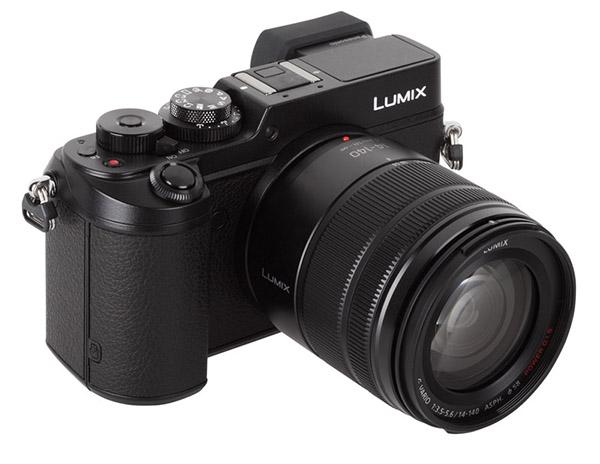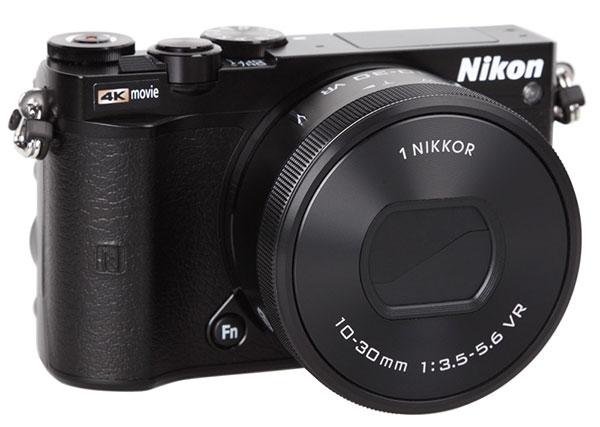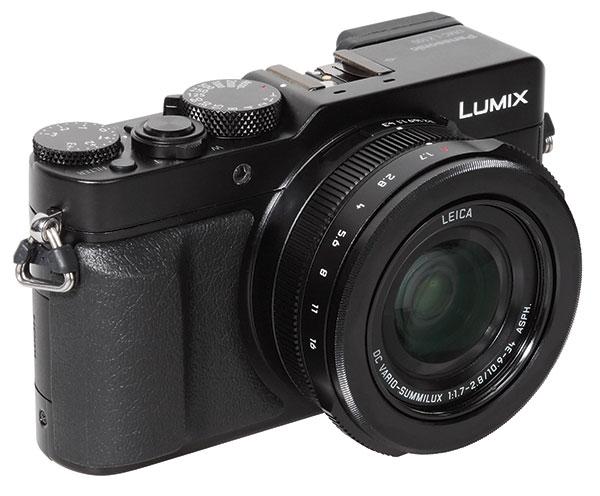Edited by George Schaub
|
Oct 13, 2015
|
Sep 18, 2015
|
Jul 21, 2015
|
Jun 05, 2015
|
May 26, 2015











